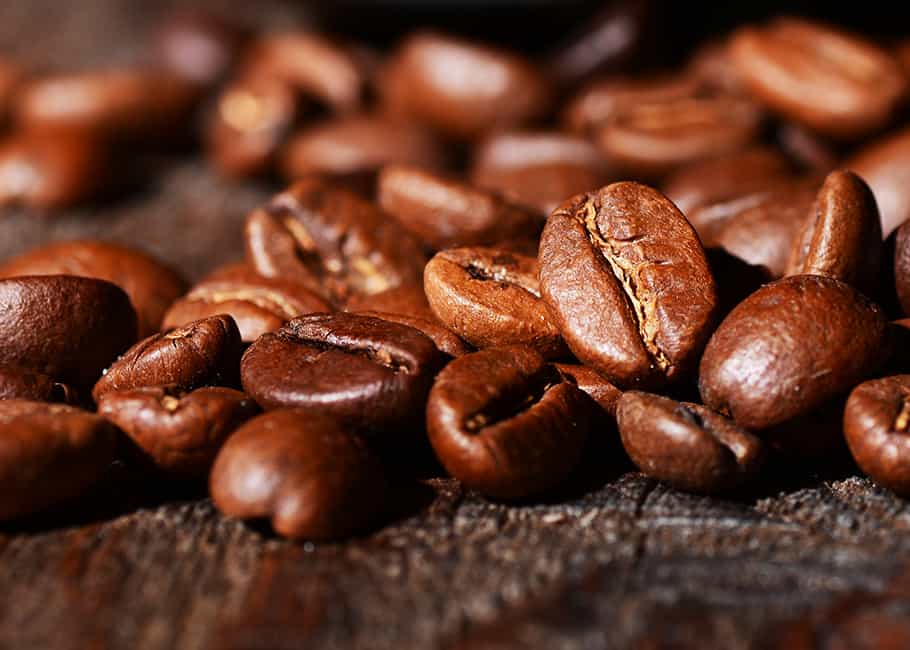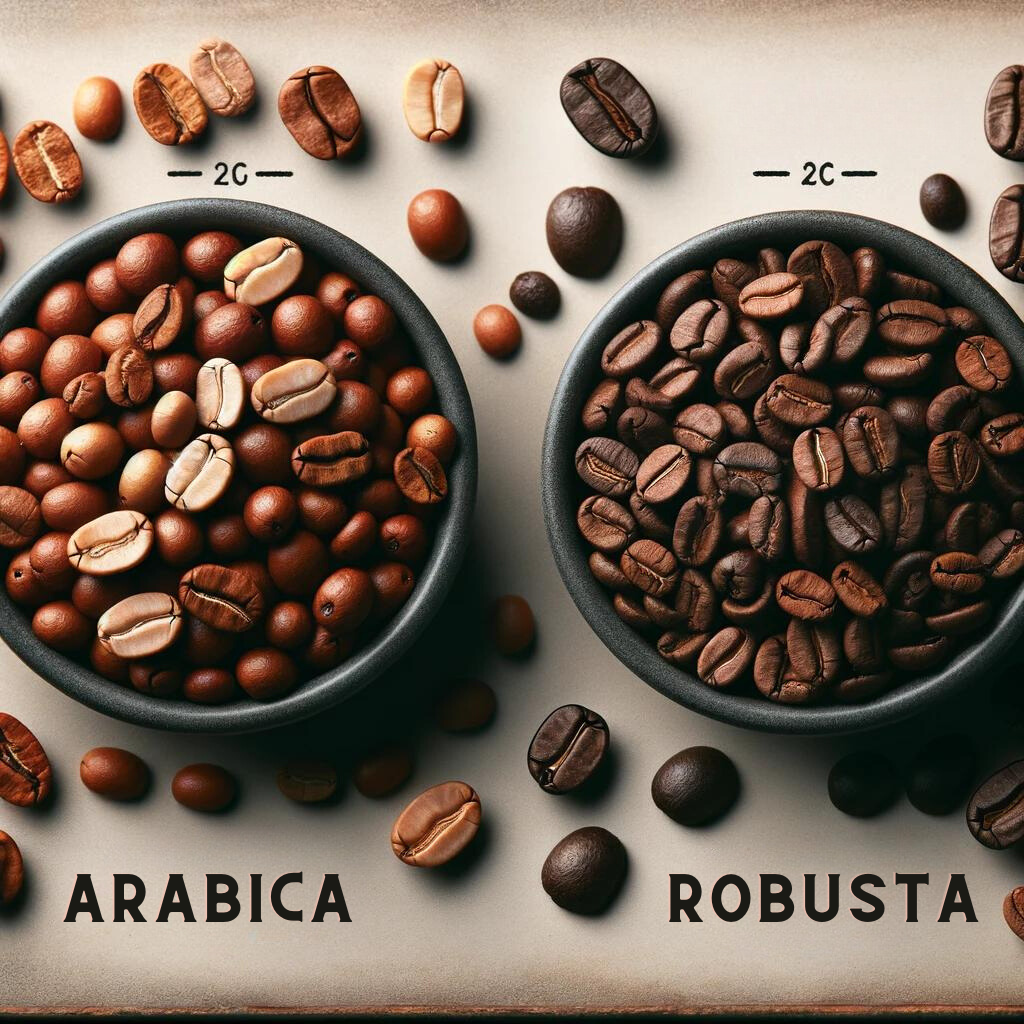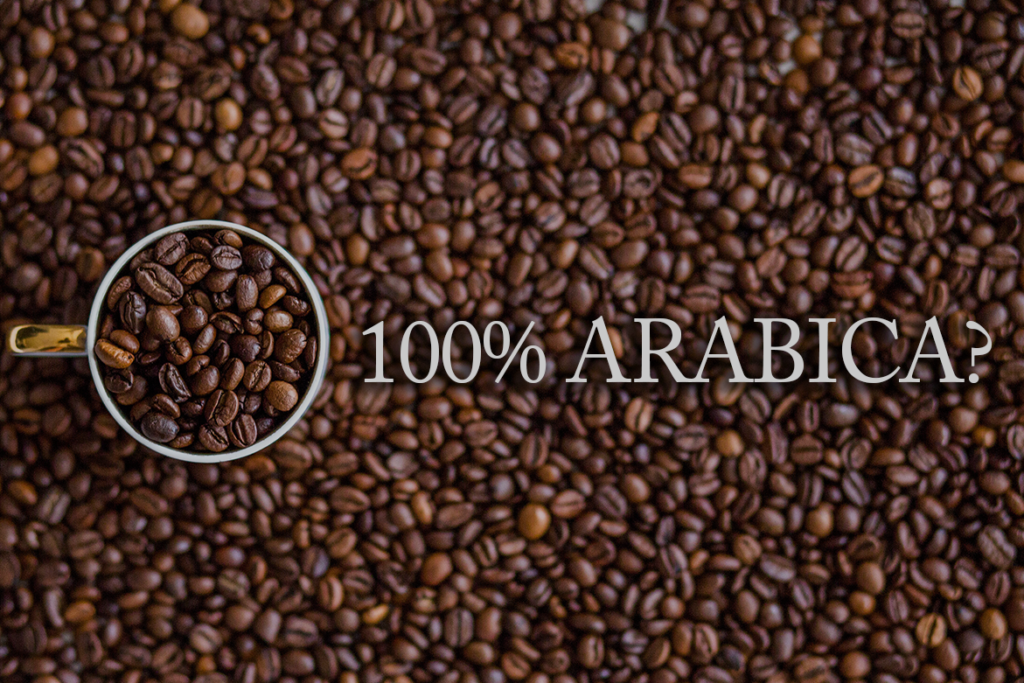If you’re a coffee enthusiast, you may have heard of Robusta beans and their role in creating the perfect cup of coffee. In this article, we’ll delve into the world of Robusta beans and their use in coffee blends. From understanding the flavor profiles of Robusta coffee to exploring the benefits of using these beans.
Understanding the Differences: Arabica vs Robusta
While both Arabica and Robusta coffee beans are popular choices for Nespresso blends, there are distinct differences between the two. Arabica beans are known for their delicate and aromatic qualities, making them a favorite among coffee connoisseurs. On the other hand, Robusta beans are prized for their bold and intense flavor, as well as their higher caffeine content. These differences in flavor and caffeine levels contribute to the varying costs of the two types of beans.
Taste Test: Comparing Arabica and Robusta Flavors
When it comes to flavor, Arabica coffee is often described as having a smoother, sweeter taste with subtle notes of fruit and floral undertones. In contrast, Robusta coffee is known for its strong, earthy flavor with a lingering aftertaste. The bold and intense flavor profile of Robusta beans makes them a popular choice for those who enjoy a more robust espresso experience.
In addition to the differences in flavor, understanding the growing regions of Arabica and Robusta coffee, as well as the caffeine content in each type of bean, can further enhance your appreciation for the unique qualities of each variety.
By exploring the distinct characteristics of Arabica and Robusta coffee beans, you can gain a deeper understanding of why Robusta is often the more affordable option compared to Arabica. Whether you prefer the bold intensity of Robusta or the delicate aromas of Arabica, Nespresso offers a variety of blends to cater to every coffee lover’s preference.
The Cost Factor: Why Robusta is Cheaper
One of the main reasons why Robusta coffee is typically cheaper than Arabica is due to the differences in cultivation and production. Robusta plants are more resilient and resistant to pests and diseases, making them easier to grow and maintain. This results in higher yields and lower production costs, ultimately leading to a lower price point for Robusta coffee compared to Arabica.
Popularity in Different Regions:
The preference for Robusta or Arabica coffee can also vary depending on the region. For example, Robusta is often favored in espresso blends due to its strong flavor and crema-producing properties, while Arabica is commonly used for specialty coffee drinks and single-origin brews. Understanding the popularity of each type of coffee in different regions can provide valuable insight into the global coffee market.
In conclusion, while both Robusta and Arabica coffee beans have their own unique qualities, the price comparison between the two often makes Robusta the more affordable option. With its bold flavor, potential health benefits, and popularity in different regions, Robusta coffee is definitely worth considering for those looking for a cost-effective and flavorful brew.
History and Origins
Robusta and Arabica coffee beans have distinct histories and origins that contribute to their unique characteristics. Robusta beans are native to sub-Saharan Africa and are known for their strong and bold flavor, while Arabica beans originated in the highlands of Ethiopia and are prized for their nuanced and aromatic profile.
Health Benefits
While both Robusta and Arabica coffee beans offer their own unique health benefits, it’s important to note that the higher caffeine content in Robusta may provide an extra boost of energy for those who need it. Additionally, the disease resistance of Robusta plants means that they are less likely to be treated with harmful pesticides, making it a potentially healthier choice for both the consumer and the environment.
Cultivation Requirements
One of the main reasons why Robusta coffee is cheaper than Arabica is due to the differences in the way they are grown. Arabica coffee plants are more delicate and require specific conditions to thrive, such as higher altitudes and consistent temperatures. This makes Arabica coffee more expensive to produce, as it requires careful cultivation and maintenance. On the other hand, Robusta coffee plants are hardier and more resistant to pests and diseases. They can be grown at lower altitudes and in a wider range of climates, making them easier and less costly to cultivate. This lower production cost translates to a lower price for Robusta coffee compared to Arabica.
Environmental Impact
Furthermore, Robusta is also known for its ability to thrive in low-altitude environments, making it a more versatile and resilient crop. This adaptability allows for a more consistent and stable supply of Robusta coffee beans, regardless of the environmental conditions.
Understanding the Differences
In summary, the cost difference between Arabica and Robusta coffee can be attributed to the differences in cultivation requirements, taste profiles, and perceived quality. While Arabica coffee is more expensive due to its delicate cultivation and desirable taste, Robusta coffee is cheaper to produce and is generally considered to be of lower quality. Whether you prefer the smoothness of Arabica or the boldness of Robusta, understanding the reasons behind the cost difference can help you make informed choices when selecting your next cup of coffee.


